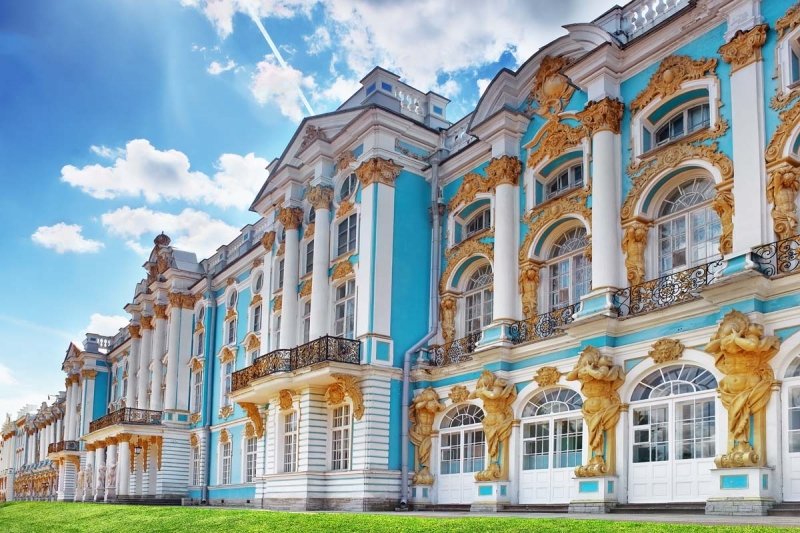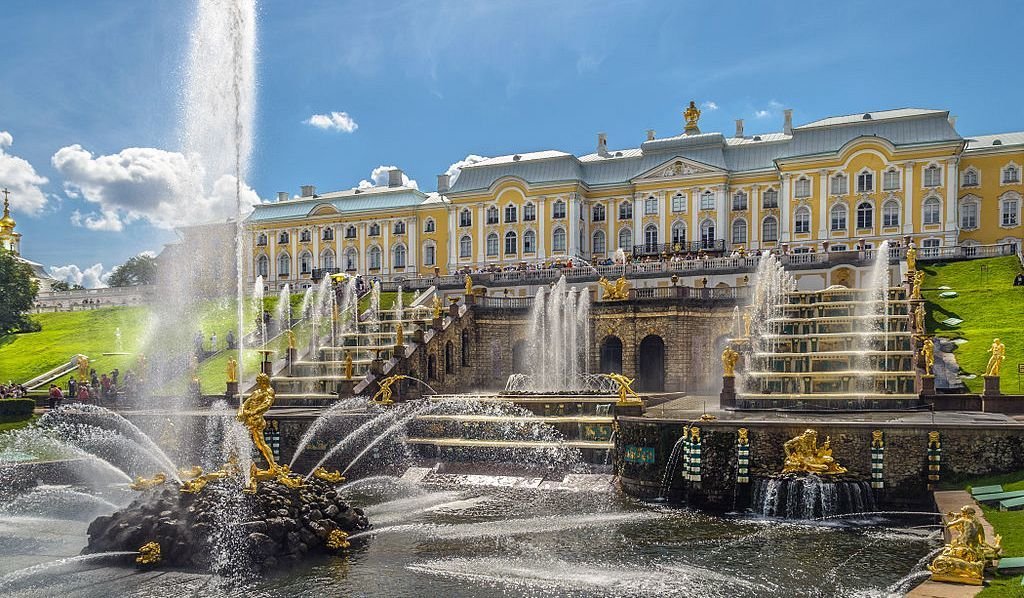What Is Baroque Architecture? Everything you need to know
Baroque architecture is a lavish style of building that started in Italy during the seventeenth century. Initially, Baroque architecture takes after structure methods from the Renaissance. In any case, Baroque modelers were particularly progressively showy. They purposefully modified old style components with the goal that structures were increasingly pompous and reminiscent.
The Baroque time frame crossed two centuries and impacted a few works of art. Artworks and figures in the Baroque style became essential parts of structures in Italy and all through Western Europe. As a result, engineers saw structures like temples as huge models rather than a case with made right dividers and conventional structure structures.
History
Baroque architecture began in Italy.

All in all, Baroque architecture developed in light of a turbulent period that started in the sixteenth century. People with great influence needed to utilize architecture and workmanship as an approach to display quality, riches, and conspicuousness. No place is this more unmistakable than in the Catholic Church's reaction to the Protestant Reformation.
During this time, strict pioneers could influence the way of life and the fine arts that got celebrated. For the Catholic Church, the most noteworthy approach to hold this impact was to create bombastic houses of worship and basilicas.
Charged craftsmen and planners started to restore Renaissance ideas of magnificence and authenticity, just this time in a much increasingly fancy and lavish style. During the Baroque time frame, specialists set up a few new methods that were planned to bring out feeling and dedication.
The style at that point spread all through Europe and South America.
After the Pope and other Catholic rulers started constructing, the style immediately spread all through Europe and into South America because of colonization. Baroque architecture is deficient in North America in light of the fact that the landmass was simply being colonized at that point.
Baroque architecture has unobtrusive contrasts relying upon the nation. As the Baroque style got well known, areas modified the essential qualities to suit their motivation and way of life. As a rule, structures are vigorously enriched and fuse components that appear to be bizarre and even incomplete.
Two well known instances of Baroque architecture are the Santa Susanna church and the Caserta Palace in Italy.
Attributes
- It tends to be trying to separate between styles of architecture, particularly when manufacturers consolidate structures from different styles. Search for these key components in Baroque architecture.
- Huge vaults or domes. These vaults were for the most part situated at the focal point of a structure.
- Expand themes and designs. Subtleties are fantastically many-sided, which added to the luxury and holiness of the space.
- Overlaid design on the inside and outside. Sculptures were produced using mortar or marble and included high differentiating hues and surfaces.
- Eye catching highlights. These might incorporate bended dividers, painted roofs, vaulted roofs, segments, figures, curves, specialties, wellsprings, looking over, broken pediments, and so on. Huge numbers of these components radiate a feeling of movement known as dynamism.
- Twofold inclined mansard rooftop. This material component is a key element of French Baroque architecture and was joined in numerous chateaux or nation manors.
Intriguing Facts

Baroque architecture has some cover with Renaissance architecture.
The Renaissance occurred somewhere in the range of 1400 and 1600, and the Baroque time frame followed intently after. In that capacity, Baroque draftsmen adjusted old style structures both from the Renaissance and from the Romans. For example, Saint Peter's Basilica is a Baroque church in Vatican city has highlights that are enlivened by the Renaissance.
Baroque specialists and modelers were bosses of light.
The Baroque time frame is one of the primary occasions that specialists gave close consideration to light. Completions were picked dependent on how the light would reflect. Likewise, they fused territories of extraordinary light and obscurity to show differentiate and make dramatization. You can see this impact in regions of structures that are deliberately left dim just as in artworks. This impact is referred to in the workmanship world as Chiaroscuro.
Baroque architecture and expansionism are firmly connected.
European expansionism helped support a portion of the plushness found in Baroque structures. Especially in Spain and France, pioneer cash helped rulers develop expand royal residences and houses to exhibit their capacity.
There are various styles and times of Baroque architecture.
The Baroque tasteful can be broken into two styles: full Baroque and controlled Baroque. The previous was progressively common in southwestern Europe during the principal century of the Baroque time frame. Controlled Baroque was seen in northwestern Europe during the Late Baroque time frame from 1675-1725.
The word baroque methods defective pearl.
The Baroque time frame was named hundreds of years after the fact with the purpose to catch the outrageous plushness and dramatization of the period. The term baroque suggested some sumptuous pearl pins of the time.
In rundown, Baroque architecture is a dramatic style of building that began in Italy in the seventeenth century. Structures in the Baroque style were predominately temples, houses, and castles and were intended to feature riches, influence, and an eye for excellence. Period Baroque architecture doesn't exist in North America, however explicit topics like dynamism and Chiaroscuro have been actualized into other works of art and building styles.
